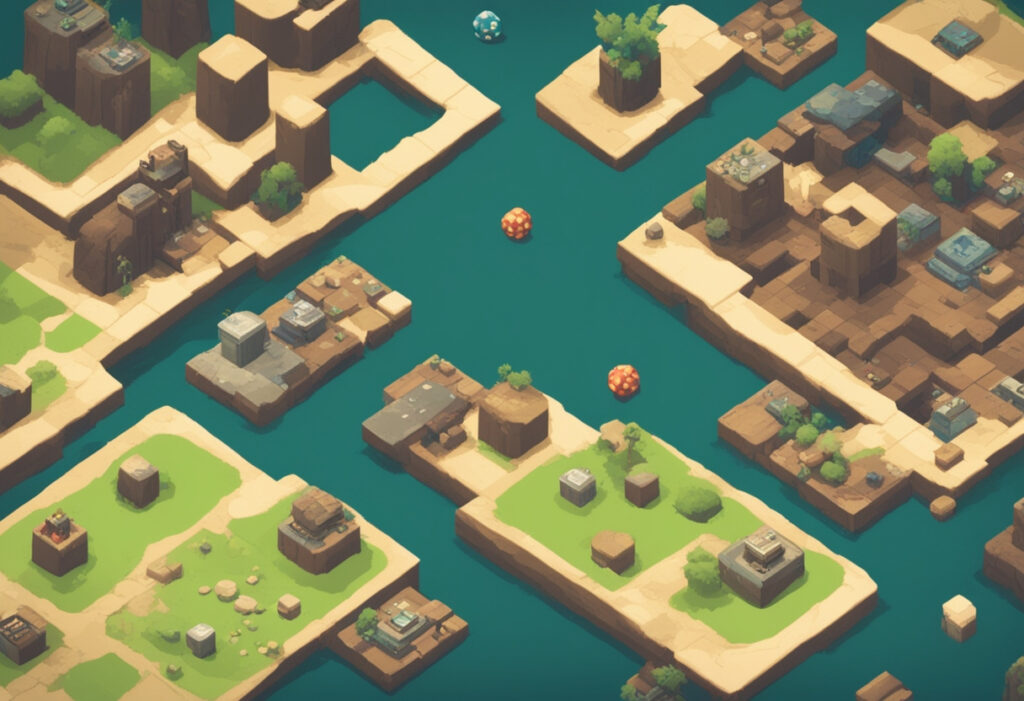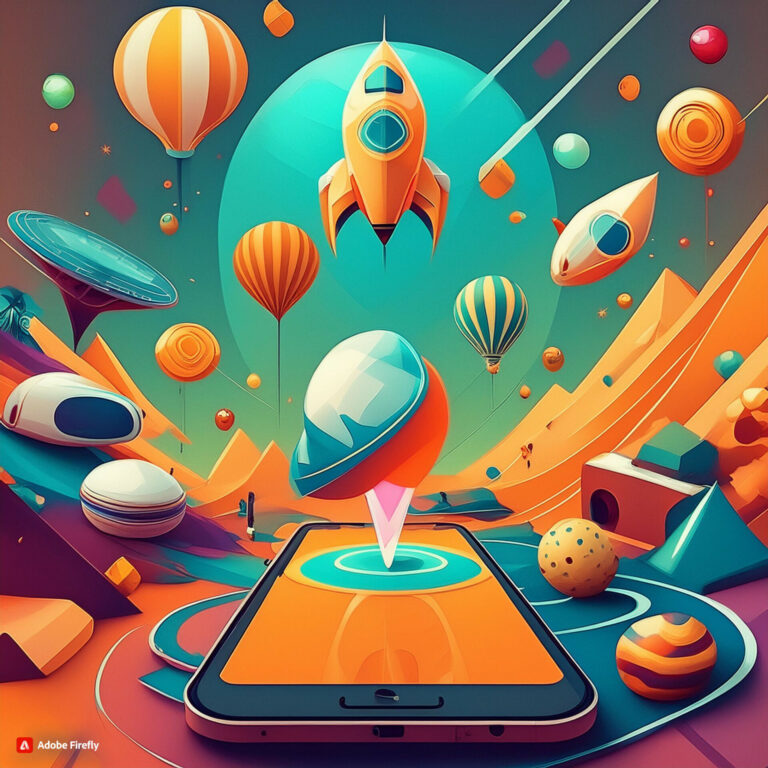Game design is a complex and multiform discipline that combines artistic creativity with scientific accuracy. To create games that are not only interesting to play but also unforgettable, game designers need to take into account many different aspects when developing ideas from the beginning till the end of the process. This article investigates the principles involved in game design as an art and science, highlighting some of the essential components associated with successful video games.
Foundations for Game Design
Conceptualization and Ideation
From pixels to playability, this journey starts with a strong idea. Mostly stemming from literature, history, mythology, or real-life experiences, brainstorms by game designers draw inspiration from several sources. This ideation phase involves defining the core mechanics, setting, and narrative that will form the backbone of the game. A compelling concept should be both original and feasible; balancing innovative ideas against practicality.
Mechanics and Gameplay
The rules and systems controlling how a game is played lie at its heart – these are its mechanics. From character movement to combat, puzzle-solving to resource management, everything falls under game mechanics. Effective game design needs an understanding of how these mechanics would interact with each other over time evolution throughout the game. Designers must ensure that gameplay is challenging but fair; engaging but not overwhelming and capable of providing satisfying progression.
Art in Game Design
Visual Design and Aesthetics
Visual design is one of those aspects that determine how players perceive games from their very first contact up until they stop playing them. These include environment designs, user interface (UI), overall style art for example character designs among others used in the development process of any given video game. Visual elements, therefore, need to have cohesion amongst themselves to support their theme and storyline. High-quality graphics can enhance immersion but visual design must also consider performance constraints for smooth gameplay.
Sound Design and Music
An immersive world in a computer game requires sound design as well as music. Effective audio design involves crafting sound effects that match actions and events within the game, providing feedback and enhancing realism. Music sets a mood and tone to evoke emotions as well as move the story along. Sound and music together serve as a medium of deeper engagement for players.
The Science of Game Design
User Experience (UX) and Usability
The success of any game mainly relies on its usability as well as user experience in general. UX design aims at making the game easy to understand, minimizing frustrations, and maximizing enjoyment when played by the users. In terms of control schemes, tutorials, difficulty curves, and player feedback mechanisms, these must be carefully thought out. Playtesting is an integral part of UX design that enables designers to identify weaknesses before releasing their games to the public.
Game Balance and Fairness
Game balance is how every aspect of games is supposed to be fair while having just enough challenge. This includes character abilities’ balance, enemy difficulties, resource availability, or level designs among others. Poorly balanced games often lead to frustration hence disengagement; whereas well-balanced ones give a sense of satisfaction. Balancing is usually done through extensive play-testing in combination with fine-tuning which may be based on changes recommended by players.
Narrative in Game Design
Storytelling and Plot Development
A good game can be transformed into an excellent one by a compelling narrative. For effective storytelling in games, a plot must be developed that is engaging, coherent, and integrated with the gameplay. This includes creating characters, writing dialogue, and structuring storylines that encourage and reward players. In contrast to other traditional forms of media, games present interactive storytelling where choices made by players can shape the flow and direction of the story.
Emotional Engagement
Memorable gaming experiences rely on emotional engagement. Designers seek to evoke different emotions like happiness, fear, suspense, or sorrow through play mechanics and narrative elements. This emotional bond improves immersion while keeping gamers absorbed in it. Factors such as character evolution, twists in plots, and world-building techniques are essential to establishing these feelings.
The Future of Game Design
Emerging Technologies
Virtual reality (VR), augmented reality (AR), and artificial intelligence (AI) are among the emerging technologies that will shape game design’s future. These technologies provide additional channels for people to interact when playing hence making them feel more involved in the game. VR and AR can transport players into the game world while AI can provide more intelligent and adaptive gameplay.
Changing Player Expectations
Just like any other industry, player expectations also change as gaming continues to evolve. Players today expect top-notch graphics quality together with seamless performance coupled with interesting narratives. Furthermore, they are keen on participating in games that cater to everybody irrespective of their social background or race. With this in mind, game designers have to be aware of this ever-changing expectation and hence should always strive towards innovation at all costs.
Conclusion
Game design is an artful technology that involves a careful balance between creativity, technical skill, and user-oriented thinking process’. Each component from concept development & mechanics down to visual & sound designs has a big role to play if one wants his/her game to become successful: understanding these principles not only helps create playable games but ones that people will still remember and be attracted to long after they have stopped playing them. Game design will continue to change as technology advances and player expectations grow, thus presenting a wide range of opportunities for innovation and creativity.




